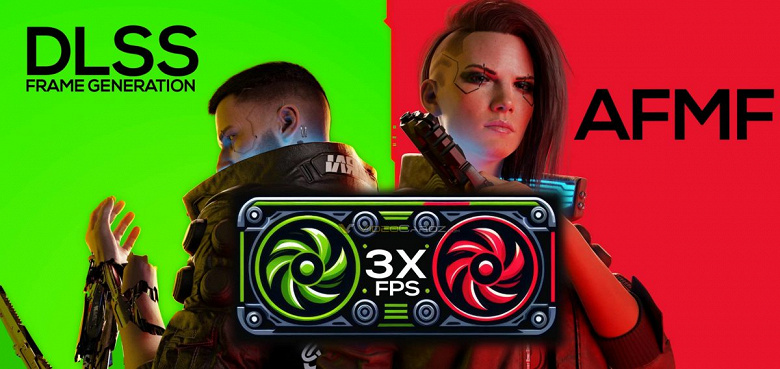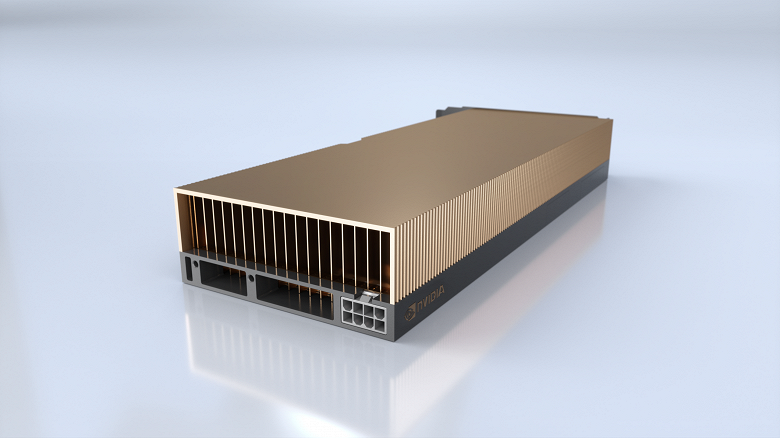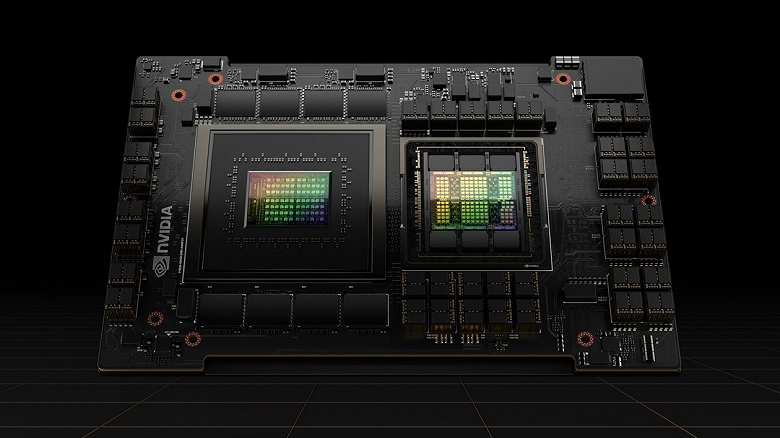NVIDIA Introduces Reflex Technology to Measure and Reduce Latency in Games
Along with the presentation of new generation video cards, NVIDIA announced a number of fresh technologies designed to improve the gameplay and the very picture in games. The first, in particular, is the NVIDIA Reflex technology, which is designed to monitor the latency of the image display on the gaming system monitor (input lag), as well as to reduce this indicator in compatible games.
NVIDIA_ReflexThe term input lag or “input lag” is often used in connection with monitors, describing the time between input from the user and the result being displayed on the screen. For example, clicking on the mouse button and shooting a character in the game. Gamers strive to minimize latency in competitive games in order to speed up the PC reaction to player actions to improve their performance in the game. However, measuring and optimizing this parameter is very difficult – until now, this required special and expensive equipment.
However, NVIDIA took it upon themselves and introduced Reflex, a new set of technologies that optimize and measure system latency. This set has two parts.
The first is NVIDIA Reflex Low-Latency Mode technology, which is a set of libraries for game developers to reduce and measure rendering latency. These libraries implement the so-called Reflex Low Latency Mode, a special mode for high-speed frame rendering that eliminates the GPU rendering queue and reduces the load on the CPU in GPU-intensive scenes. All this together provides an additional reduction in latency, improving the effect that could be achieved earlier through drivers when NVIDIA Ultra-Low Latency Mode was enabled.
This technology is already built into games like Apex Legends, Call of Duty: Warzone, Fortnite, and Valorant and is capable of working with NVIDIA graphics cards starting with GeForce GTX 900 and older. According to tests by NVIDIA itself, enabling Reflex Low-Latency Mode on cards of the GeForce GTX 1660 Superclass allows you to achieve an approximately 33 percent reduction in output latency.
The second technology – NVIDIA Reflex Latency Analyzer – is all about latency control. It detects the input signal from the mouse and measures the time until the result (for example, the flash of a shot) appears on the screen. In fact, it is a hardware/software complex that requires special hardware already built into some eSports monitors with support for G-SYNC and with a refresh rate of 360 Hz. NVIDIA names Acer, ASUS, MSI, and Dell as its partners in the Reflex Latency Analyzer promotion, in addition, it says about the need to use special compatible gaming peripherals.
In addition to standard gaming performance metrics, the Reflex Latency Analyzer provides a much more complete and accurate view of system performance, including providing detailed information on latency rates caused by the mouse, processor, graphics card, and display.
NVIDIA Reflex support will appear in the Game Ready driver on September 17, and game developers will be adding this technology to their games throughout the year. Compatible 360Hz gaming monitors will be available this fall.






